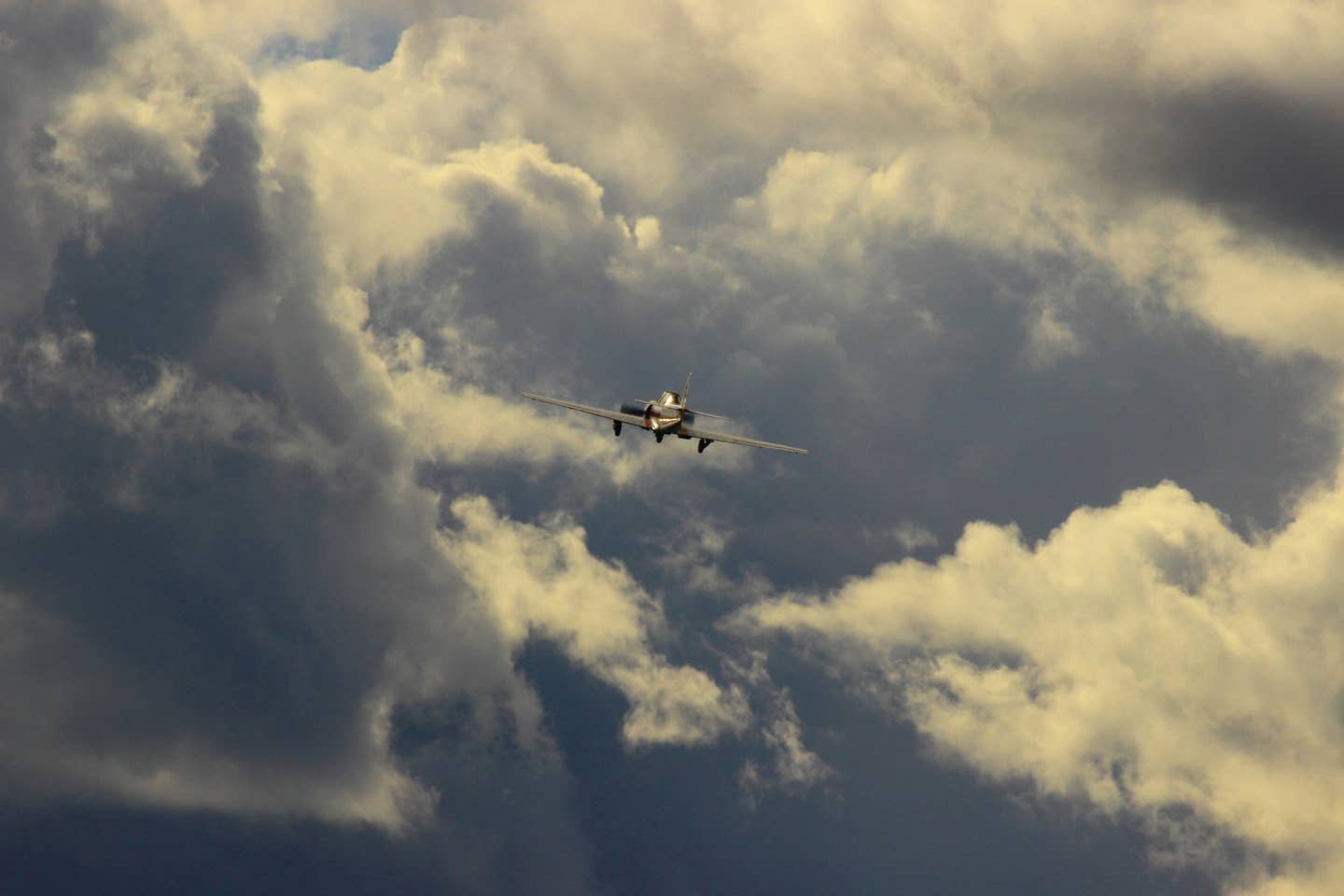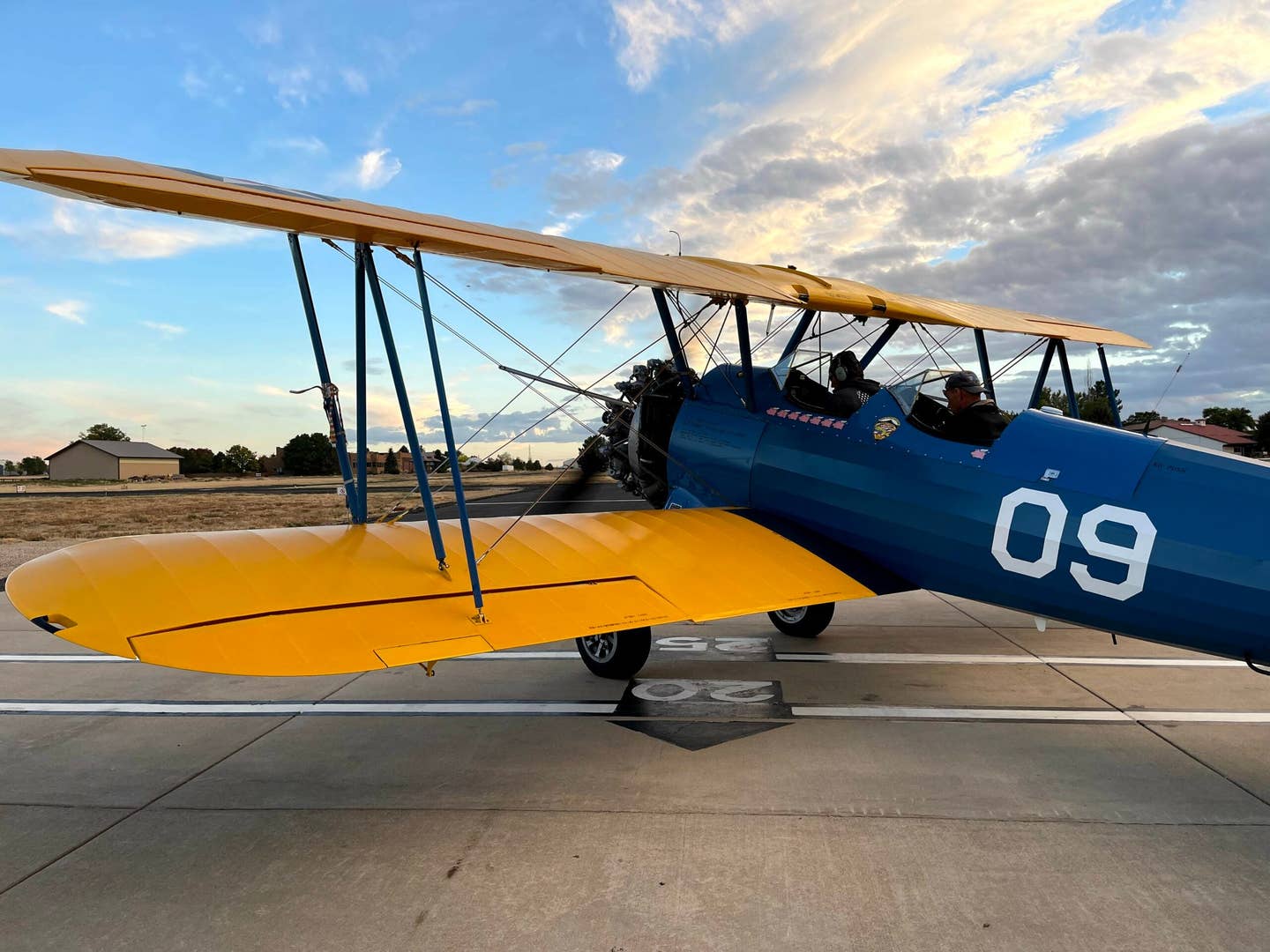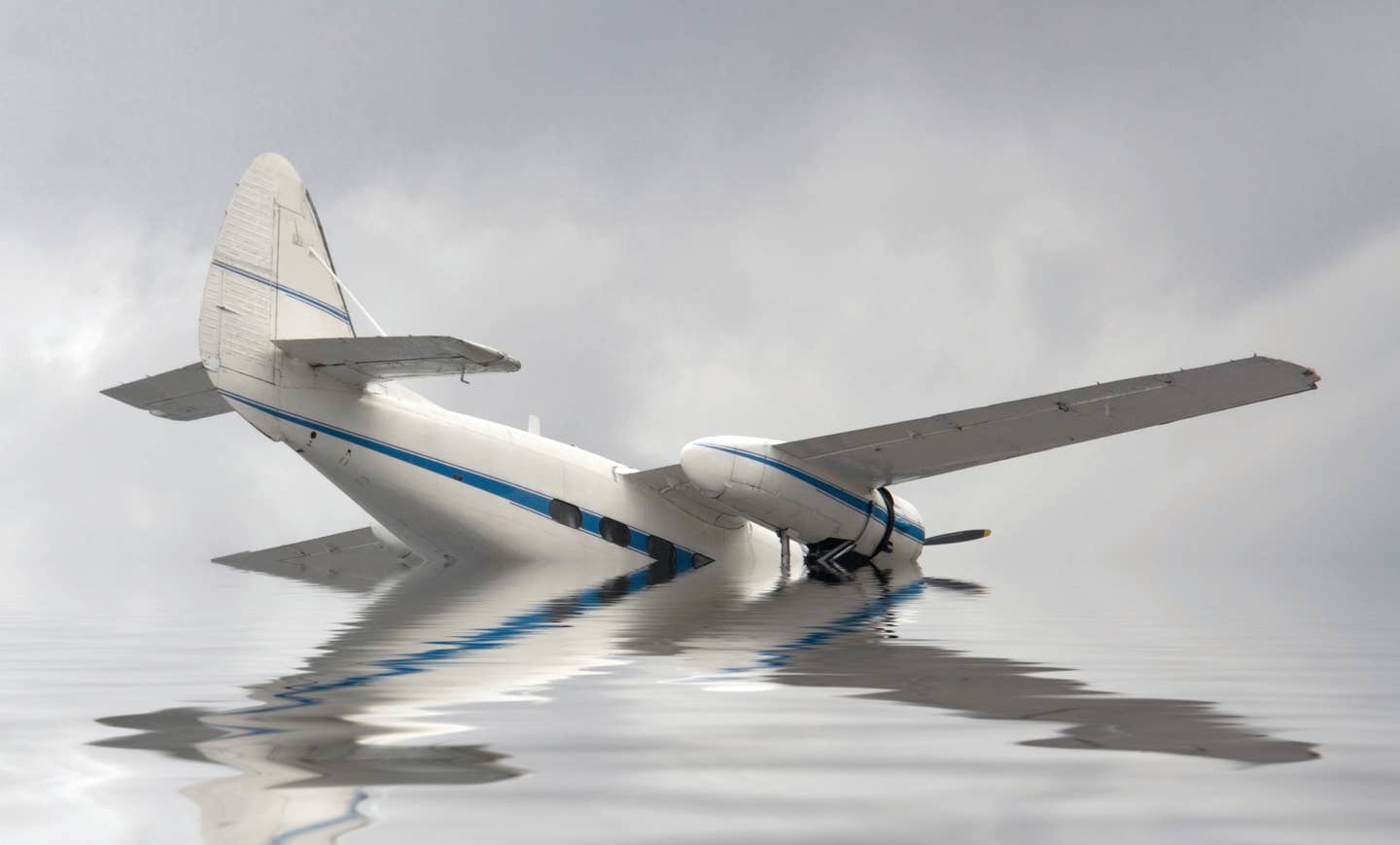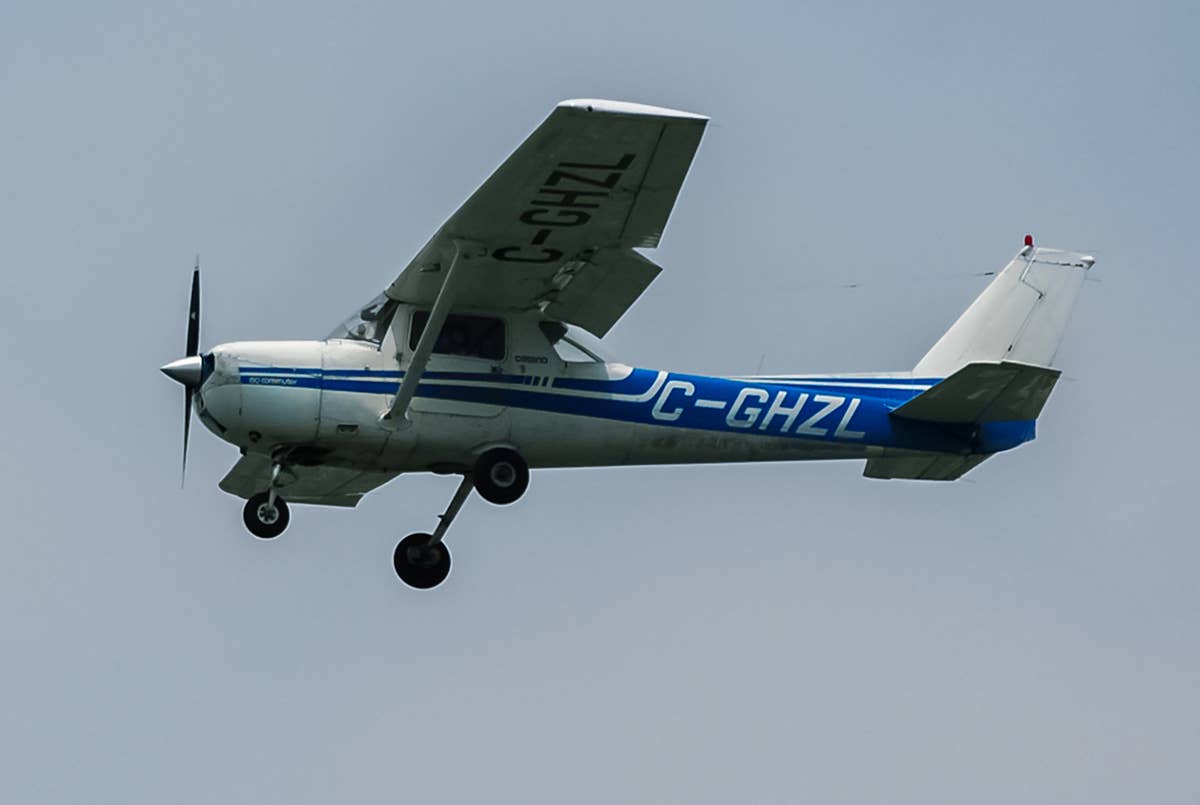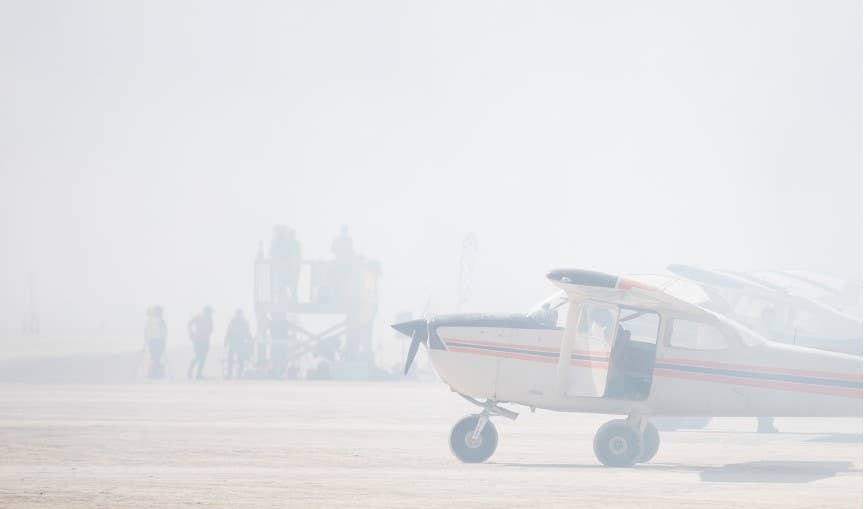Two Fatal Cases of the Simply Inexperienced
NTSB reports blame a pair of aviation accidents on green pilots.

Stall spins are, and always have been, a common cause of fatalities in general aviation. [Adobe Stock]
In September 2019, in a sparsely populated part of South Dakota near the Nebraska border, a father and son went flying in their Cessna 140. When they did not return, sheriffs began a search.
The next day, the wreckage of the 140, its front end crushed, was found a few hundred feet northwest of the pilot’s private strip. Since the flaps were down, it had evidently been approaching to land when it stalled and spun. There was no way to know why the mishap occurred, but the National Transportation Safety Board (NTSB) report on the accident noted that conditions were such that carburetor icing was likely.
If you're not already a subscriber, what are you waiting for? Subscribe today to get the issue as soon as it is released in either Print or Digital formats.
Subscribe NowStall spins are, and always have been, a common cause of fatalities in general aviation. They often occur during turns at the base-leg end of the pattern. What made this accident a little less usual than most was the history that led up to it.
According to the NTSB, the father, 39, was a student pilot. He had learned to fly from his grandfather, who had no pilot certificate at all. The father began logging time in 2007 and stopped in 2015. He got his last FAA medical in 2014 and his last fight review in 2015. He had a student endorsement for a Cessna 150 but none for the 140. The NTSB estimated his total time as 40 hours, of which 20 were as pilot in command and 20 were in the 140. These estimates were based, apparently, on the fact that the pilot used the 140 to survey local water towers from the air and report levels to their owners.
The CFI from whom the pilot had received some flight instruction—and who described him as a “safe pilot”—reported that the pilot knew he was not allowed to carry passengers with a student certificate, but he was “anti-regulation with the government.” The NTSB attributed the accident to the “student pilot’s noncompliance and lack of experience” but noted it was impossible to know who was at the controls at the time of the fatal stall. The father could have been upholding the family tradition by teaching his son to fly.
Three weeks after that accident occurred, a Cessna 421 crashed in a wooded area near the DeLand, Florida, airport (KDED), killing its three occupants. A couple of witnesses saw the airplane flying at low altitude. One, who spotted the airplane on two occasions 10 minutes apart, described the engines on the second sighting as sounding as if they were idling. Another witness reported hearing popping or backfiring sounds. The latter witness also reported the airplane rolled to the left three times before he lost sight of it behind the treetops. It’s not clear whether by “roll” he meant a full roll or, more plausibly, a wing dropping and then coming up again.
The NTSB concluded “it is most likely the pilot lost control of the airplane while maneuvering” and added that the “pilot’s lack of any documented previous training in the accident airplane make and model contributed to his inability to maintain control of the airplane.”
The pilot of the ill-fated 421 was a 500-hour SMEL CFI. His logbook lacked a “complex airplane” endorsement, but that was probably an oversight. A complex airplane is one with flaps, retractable landing gear, and a variable-pitch propeller. It would be difficult to earn a multiengine rating in an airplane without those features—there aren’t a lot of Champion Lancers left.
As pilots who have flown more than one type of airplane know, the actions required to keep them right side up are alike for all. This 500-hour CFI with 40 hours of logged multiengine time had managed to start the 421’s two GTSO 520s, taxi, take off, and fly for at least 10 minutes. He seemed to have demonstrated an ability to control the airplane.
The 421 had a somewhat checkered recent history. Its last annual inspection had been performed five years earlier, and its Hobbs meter had advanced only four hours in the meantime. Its previous owner had put it up for sale on eBay, and a Texas man had bought it for $35,000, sight unseen, intending to spend a few thousand dollars having it restored to airworthy condition and then resell it. The 50-year-old airframe had, according to aircraft.com, 5,713 hours, and both engines were well short of TBO.
NTSB investigators found nothing to suggest the engines had failed, but the condition of the propeller blades indicated “low rotational energy at impact.” Fire destroyed all fuel tanks, and the NTSB report does not comment on the quantity or quality of fuel residues or the presence or absence of water or other sediment in the engines or what remained of the fuel system.
The Texas A&P whom the owner had engaged to travel to Florida and restore the airplane to airworthy condition had located a pilot to deliver it for $4,500. That pilot, 32, was in the right seat when the crash occurred. With a private certificate and 155 hours, he was even less qualified than the left-seat pilot to fly the 421. The owner declined the suggested pilot and instead gave the job to a certain instructor whose name he did not recall.
Most likely, this was the instructor who was flying the airplane when the accident happened. At the time of the accident the airplane had not yet been signed off by the A&P, and afterward everyone involved denied having any idea what the two pilots and their passenger were doing flying it. The NTSB speculated that the flight was probably of a “personal” nature—that is, a joy ride.
The NTSB blamed both of these accidents on inexperience. Although the South Dakota pilot owned his airplane and had flown, on and off, for a dozen years, his experience had been intermittent. The least one could say is that when the accident occurred, he was more experienced than he had ever been before. As for the other cause cited, noncompliance, it’s hard to see how it qualifies as a cause.
Plenty of experienced and compliant pilots stall and spin, and nobody says they did so because they were too experienced or compliant. In the case of the Florida crash, the NTSB cited the “pilot’s lack of training and experience in the accident airplane make and model.”
The analysis fails to even suggest the possibility of an external cause, such as, say, a partial power loss in the left engine. In fact, as an online bodycam video of the arrival of would-be rescuers at the accident site shows, the airplane came to rest right side up and was not severely fragmented.
Was it really out of control? Or was the pilot valiantly trying to cope with an emergency not of his own making?
Note: This article is based on the National Transportation Safety Board’s report of the accident and is intended to bring the issues raised to our readers’ attention. It is not intended to judge or reach any definitive conclusions about the ability or capacity of any person, living or dead, or any aircraft or accessory.
This column first appeared in the April 2024/Issue 947 of FLYING’s print edition.

Subscribe to Our Newsletter
Get the latest FLYING stories delivered directly to your inbox


